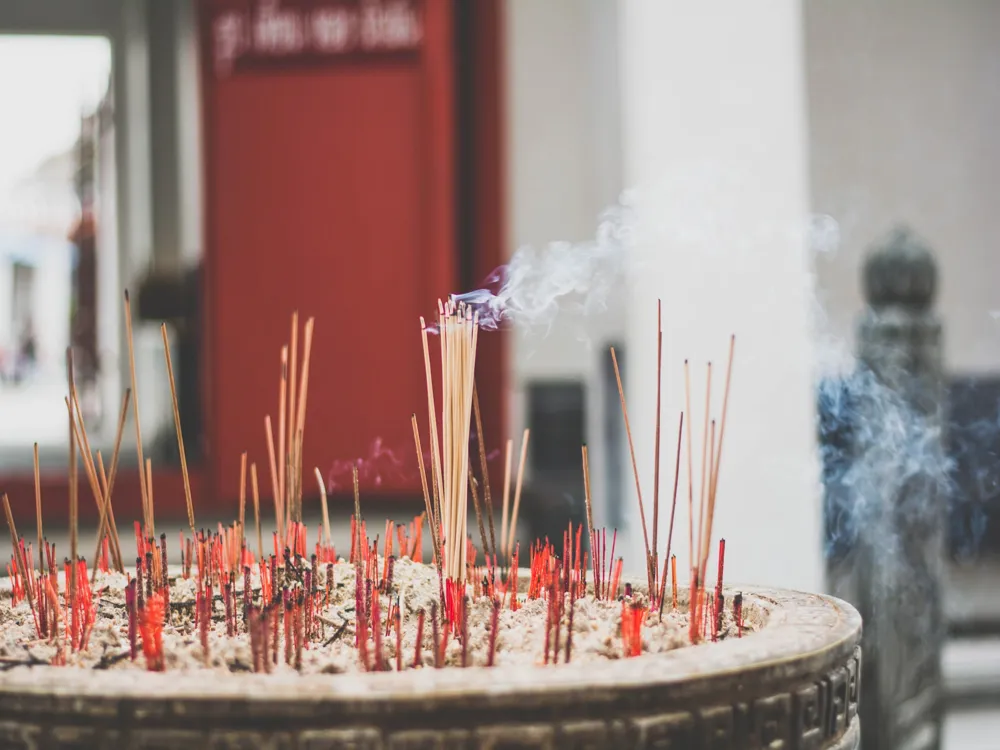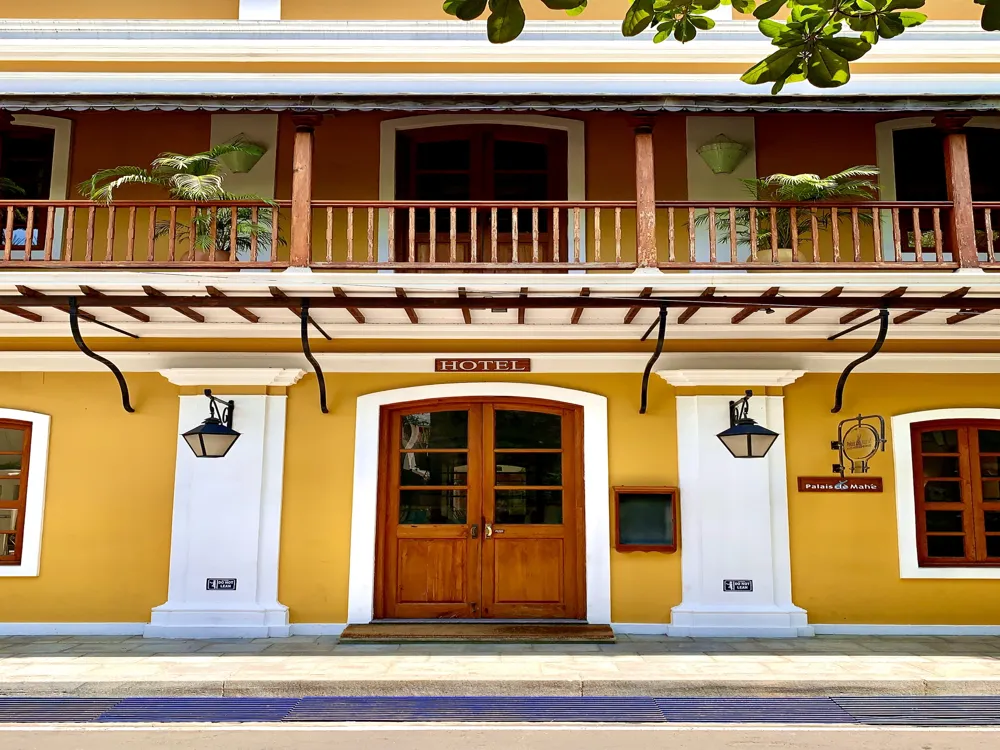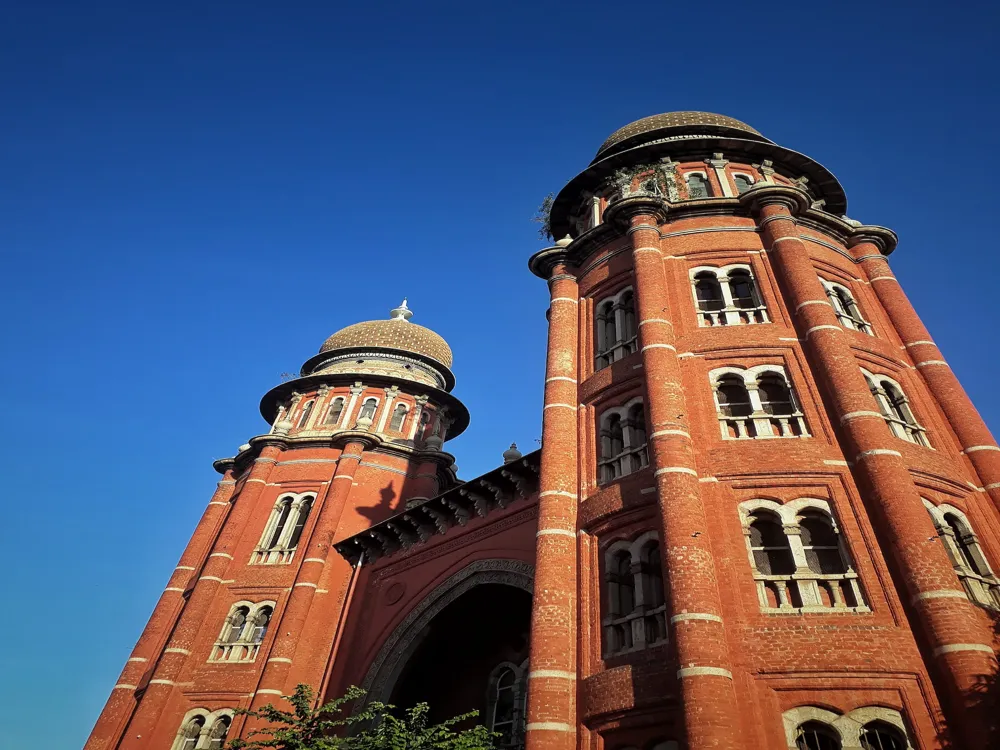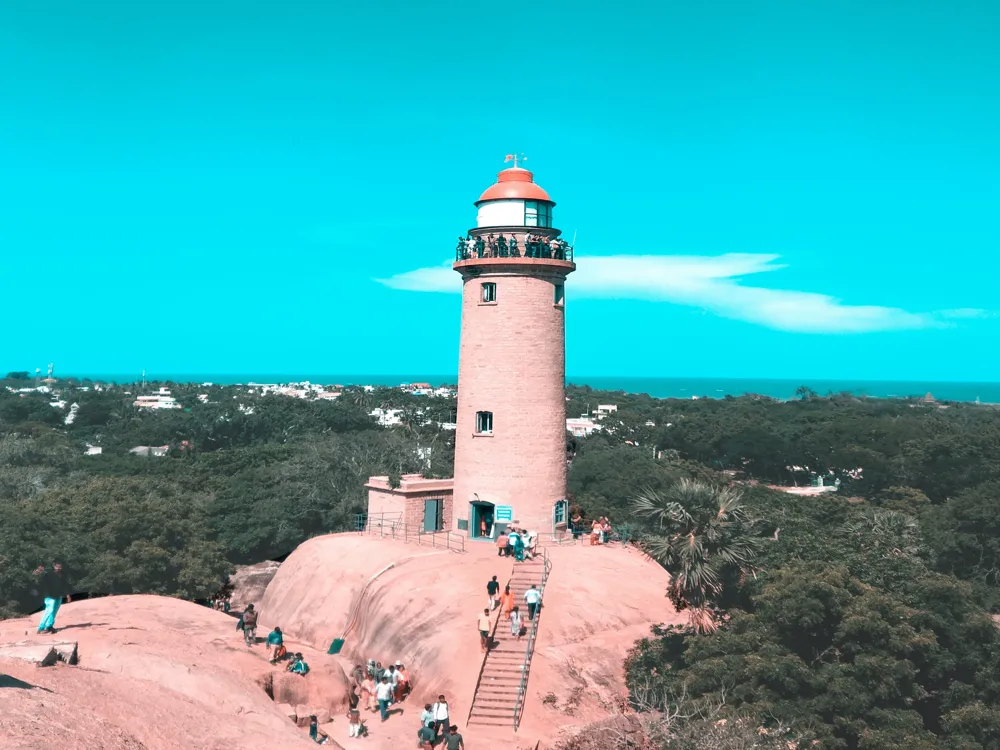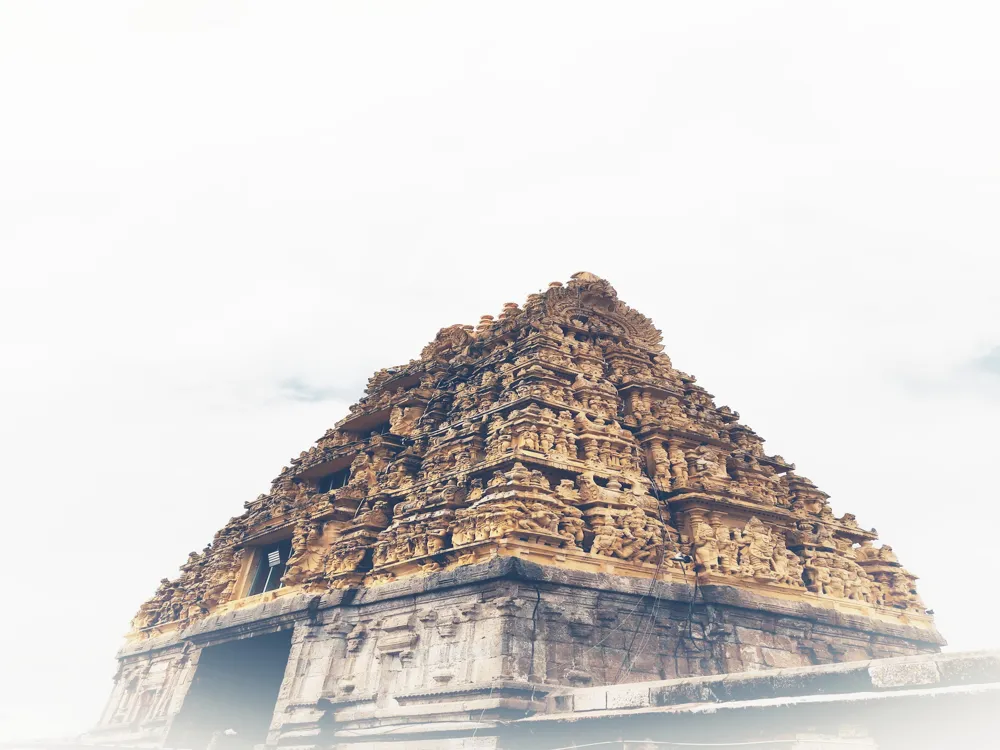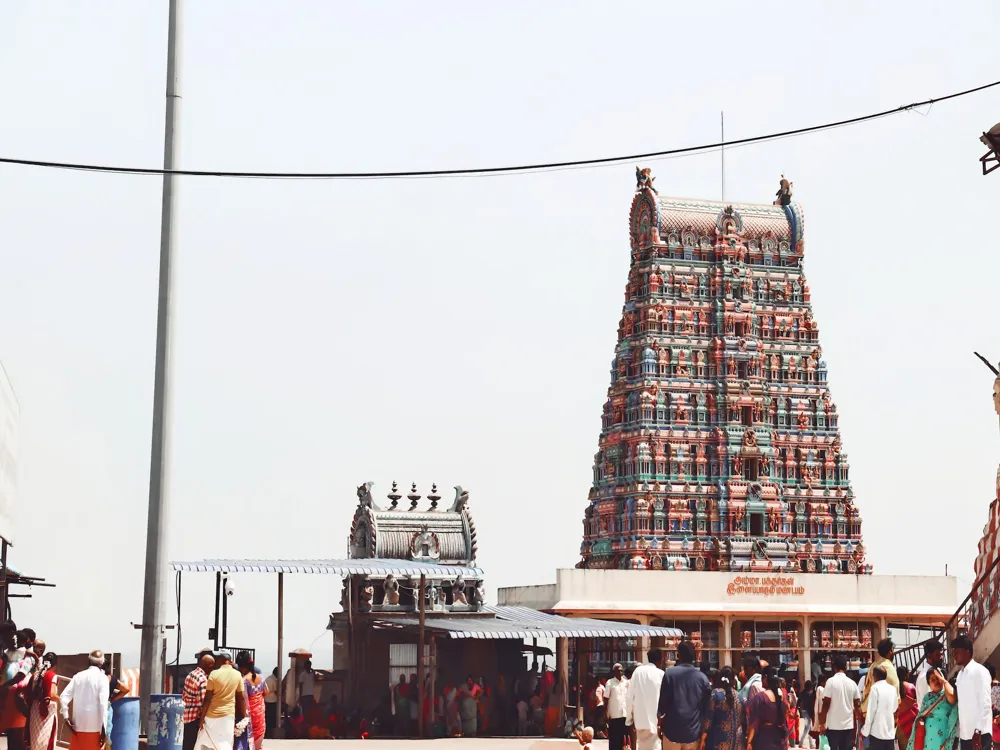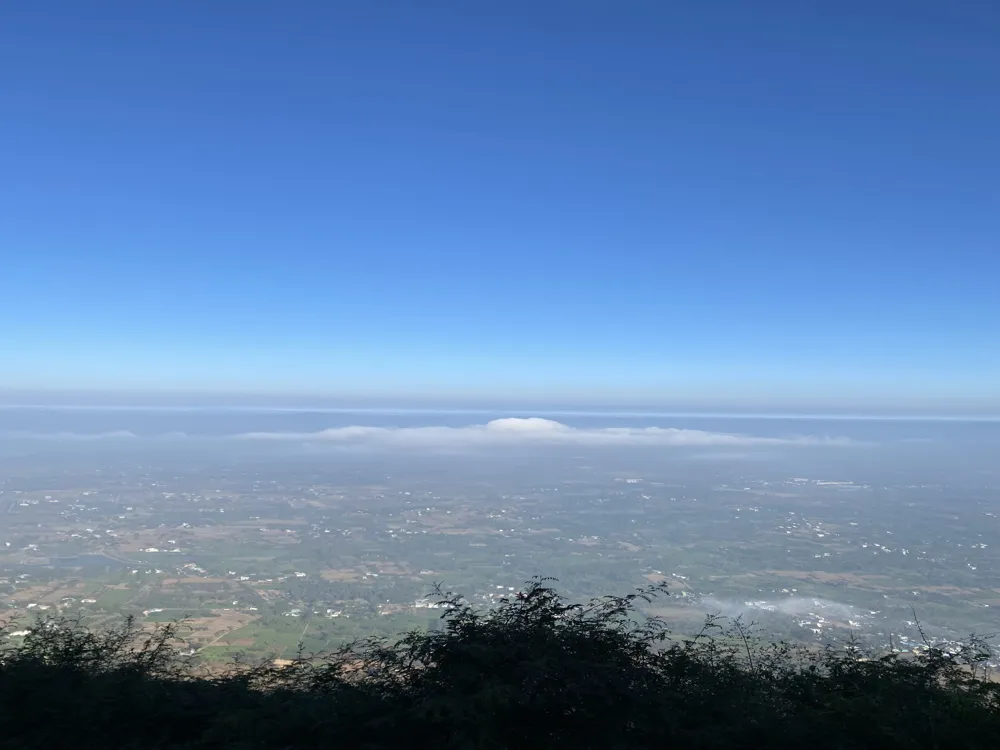The Thennangur Panduranga Temple, a serene and spiritual landmark, is nestled in the quaint village of Thennangur, in the historic district of Kanchipuram, Tamil Nadu. This temple, dedicated to Lord Panduranga, an incarnation of Lord Krishna, stands as a testament to the rich cultural and religious heritage of South India. The temple's unique blend of traditional Dravidian and contemporary architectural styles makes it a significant spiritual destination for devotees and tourists alike. The temple's history is intertwined with the legends of Saint Namdev and Saint Tukaram, revered in the Bhakti movement. The deity of Panduranga here is believed to be the same idol that Saint Namdev worshiped. This temple serves as a spiritual bridge connecting Maharashtra's Vithoba worship with the South Indian tradition of worshipping Krishna, embodying a seamless blend of cultural and religious unity. Thennangur Panduranga Temple is renowned for its vibrant festivals, especially the annual 'Panduranga Mahotsavam'. This festival, a celebration of devotion and culture, attracts thousands of devotees. The temple rituals, performed with traditional music and chants, create an atmosphere of divine bliss, deeply ingratiating visitors into the spiritual ethos of the region. Besides being a spiritual hub, the temple also engages in various social and community services. It runs educational programs, health camps, and cultural events, playing a pivotal role in the socio-economic development of the region. The architecture of Thennangur Panduranga Temple is a splendid amalgamation of ancient Dravidian styles and modern design elements. The temple, with its towering Gopuram (gateway tower), intricately carved pillars, and vibrant frescoes, stands as a beacon of South Indian architectural brilliance. Each aspect of the temple's design is imbued with symbolism and religious significance, reflecting the deep-rooted traditions of Hindu temple architecture. The temple's layout follows the Agama Shastra, an ancient Hindu temple architecture scripture. The sanctum sanctorum, housing the deity of Lord Panduranga, is designed to ensure that the first rays of the sun directly fall on the idol, symbolizing the awakening of consciousness. The temple's walls and pillars are adorned with carvings depicting scenes from Hindu mythology, each telling a story of virtue, devotion, and the eternal play of the divine. While preserving the traditional Dravidian architecture, the temple also incorporates modern elements. Recent renovations have added facilities for devotees and tourists, making the temple a blend of historical reverence and contemporary comfort. The craftsmanship of the temple is a highlight, showcasing the skills of local artisans. The stone carvings, wooden sculptures, and mural paintings are not just decorations but narrations of a rich cultural tapestry, making the temple a living museum of art and spirituality. Visitors are advised to adhere to a modest dress code, respecting the temple's sanctity. Traditional Indian attire is recommended. Devotees should maintain decorum and silence within the temple premises to preserve the spiritual ambiance. Photography and videography might be restricted in certain areas of the temple. It is advisable to check with temple authorities beforehand and respect the rules set for preserving the sanctity of the temple. The temple has specific timings for darshan and rituals. Visitors should plan their visit accordingly to participate in the special poojas and ceremonies. Information on timings can be obtained from the temple's official website or local guides. Thennangur Panduranga Temple is accessible via various modes of transportation. The nearest airport is Chennai International Airport, from where one can hire a taxi or take a bus to Thennangur. For those preferring rail, the nearest railway station is in Kanchipuram. Local buses and taxis are readily available from Kanchipuram to Thennangur. For a more scenic route, visitors can opt for a road trip, as the temple is well-connected by road with major cities in Tamil Nadu. Read More:Overview of Thennangur Panduranga Temple, Kanchipuram, Tamil Nadu
Historical Significance
Religious Practices and Festivals
Community and Social Services
Architecture of Thennangur Panduranga Temple
Structural Design and Symbolism
Modern Influences and Renovations
Artistic Elements and Craftsmanship
Tips When Visiting Thennangur Panduranga Temple
Dress Code and Conduct
Photography and Videography
Temple Timings and Rituals
How To Reach Thennangur Panduranga Temple
Thennangur Panduranga Temple
Kanchipuram
Tamil Nadu
NaN onwards
View kanchipuram Packages
Weather :
Tags : Temple
Timings : 6:00 AM - 12:00 PM, 4:00 PM - 8:00 PM
Time Required : 1-2 hours
Entry Fee : No entry fee
Planning a Trip? Ask Your Question
Kanchipuram Travel Packages
View All Packages For Kanchipuram
Top Hotel Collections for Kanchipuram

Private Pool

Luxury Hotels

5-Star Hotels

Pet Friendly
Top Hotels Near Kanchipuram
Other Top Ranking Places In Kanchipuram
View All Places To Visit In kanchipuram
View kanchipuram Packages
Weather :
Tags : Temple
Timings : 6:00 AM - 12:00 PM, 4:00 PM - 8:00 PM
Time Required : 1-2 hours
Entry Fee : No entry fee
Planning a Trip? Ask Your Question
Kanchipuram Travel Packages
View All Packages For Kanchipuram
Top Hotel Collections for Kanchipuram

Private Pool

Luxury Hotels

5-Star Hotels

Pet Friendly










